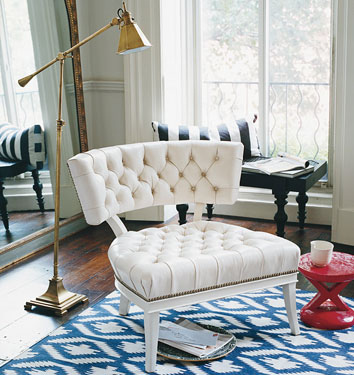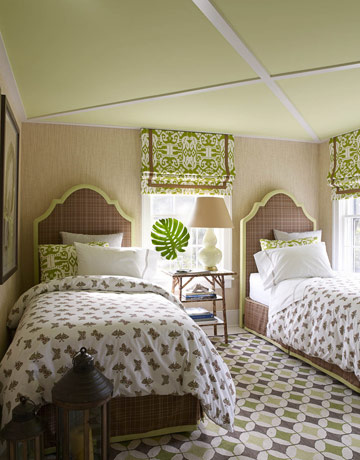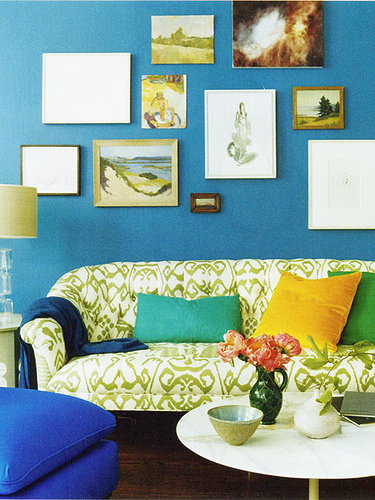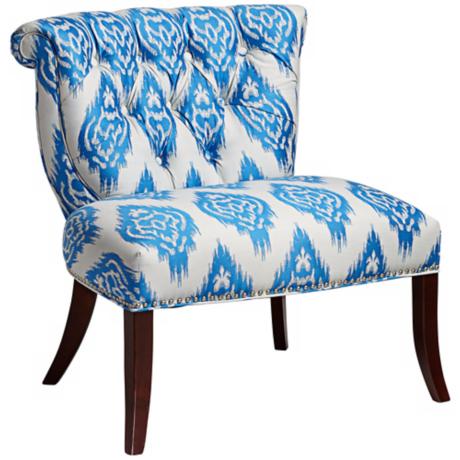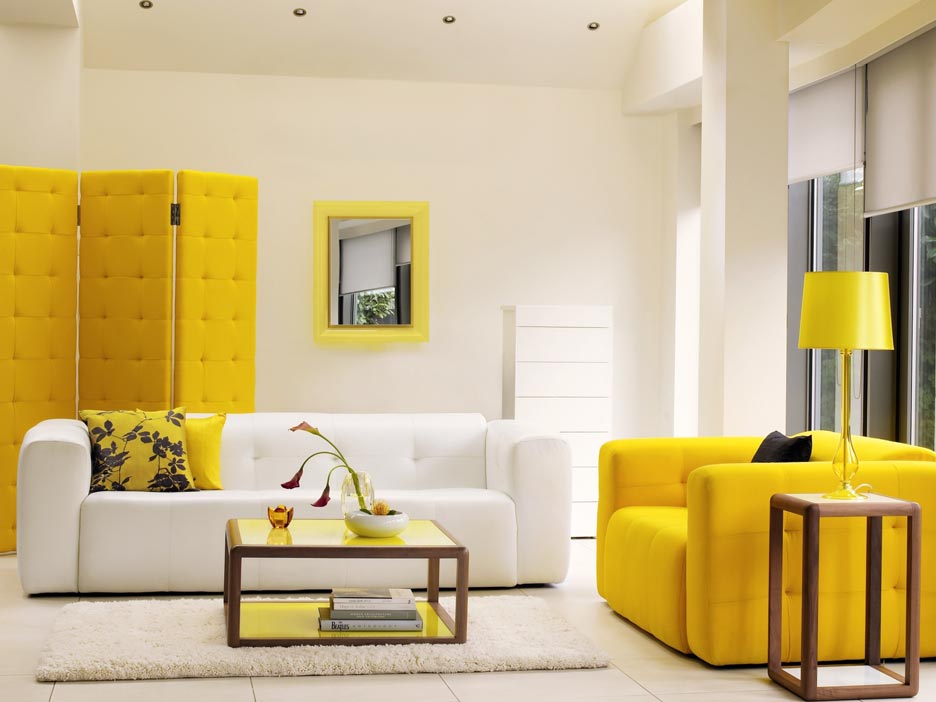 |
| Add a punch of color with the citrus hues trending for this fall. |
With oppressive record heat temperatures, it's a good thing that cooler temperatures are just around the corner. They can't come soon enough, right?
Along with cooler temps also comes new interior design trends and there are some great ones to look forward to this Fall.
At this year's fashion shows, designers were eager to strut sassy hues such as citron, yellow, hot pink and turquoise — yet the sensible colors like black, white, cream and navy were still standing. Appropriately, this year’s color palette for home design complements what has been seen on the runways.
Looking at New Jersey-based Pantone Color Institute's preview of colors for fall, it is more than apparent the retro vibe reverberates throughout the color reports. The trending colors of this fall include Pink Flambe, Ultramarine Green and Bright Chartreuse.
Here are some other key trends we have discovered while trendspotting:
1. 2012 marks the return of sectional sofas. Sectional seating creates a warm, inviting space for your family and friends to gather and to be more communal. Remember the so-called pit seating from the 1970s and 1980s? It’s back, only with a deeper sit. It’s all about relaxing and lounging in your space.
2. Fabrics are soft, soft, soft. Trending textures are simply luxurious — from the lightly woven velours and velvets to ultra suede. Ultra-soft fabrics, for instance, appear on overstuffed sofas to create a cozy yet chic seating combination. The style is lounge comfort. You don’t sit on the sofas, you sit in them.
3. Cocooning is still the buzz word. Interior Design experts agree people are entertaining more in their homes, and they are ready to invest in high-quality furnishings. People are eager to create luxury getaway environments in their own homes — whether through high-end home theater systems or spa-inspired bathrooms.
4. Everything old is new again when it comes to pattern. Traditional patterns such as chain link and Ikat are on the return with a present-day color palette. These patterns add a punch of excitement to classic and contemporary room settings.
5. Soft furnishings, including pillows, throws and bedding, and accessories are important — and provide easy ways to inject a dash of the color du jour. Many designers are mixing pillows for a fresh new look: patterns — layered on top of or next to other patterns — are definitely the current trend for home accessories.
6. Vintage is still new. Reproductions of classic pieces and remakes of vintage signs are all the rage.
7. Lastly, never underestimate the elegant durability of leather. It's a major force in the industry for its performance and luxuriance — and the way it can accommodate any lifestyle. A leather sofa, for instance, works perfectly for a family with small children since it's easy to clean. Another perk: leather lasts four times longer than any other fabric.
Want some expert assistance applying these trends? Visit us at our Dallas furniture showroom.

